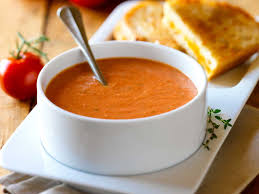Study the information about general and specific references to quantity.
1. We always use of with these quantifiers when we put them in front of a noun or pronoun.
A lot of, a number of, a couple of, a bit of, plenty of
A lot of students take an exam at the end of the year.

2. We can use the or my after of, when the reference is specific.
A lot of the people I know don’t eat chocolate.

3. Some, any, much, many can be used without of in general references.
Some countries have their own rules.
4. When the reference is specific, use of + the or my. But none is always specific.
None of my friends is here. Don’t use the.
5. We can omit of and use a quantifier on its own.
Did you buy tomatoes?- Yes, I bought a lot/lots/plenty.
6. When you use more or less, you emphasize quantity.
- More + plural nouns after some/any/a couple/hundreds/a lot/lots/many/no/plenty
- More + uncountable nouns after some/any/ a bit/a good deal/a little/lots/plenty
- Less + uncountable nouns after any, a bit, a good deal, a little, a lot, lots, much
I’d like a little less soup.

There are a lot of students studying Spanish this year.